
Editor's Note: This story originally appeared on Point2.
Do you ever feel run down or ill at home, work, or even just in a specific room, only to find you feel better again once you’ve left? If so, you might be suffering from sick-building syndrome, or SBS.
While it seems far-fetched, SBS is far more prevalent than you might imagine and can often be at the root of many undiagnosed issues.
If you’re concerned that your home is the cause of regular illness for you or your family, it’s easy to despair. However, a little understanding goes a long way, and there are plenty of things you can do to keep SBS at bay.
In this guide, we’ll look at what sick-building syndrome is, what can cause it, and how to prevent and cure its symptoms.
Sick Building Syndrome: What Is It?
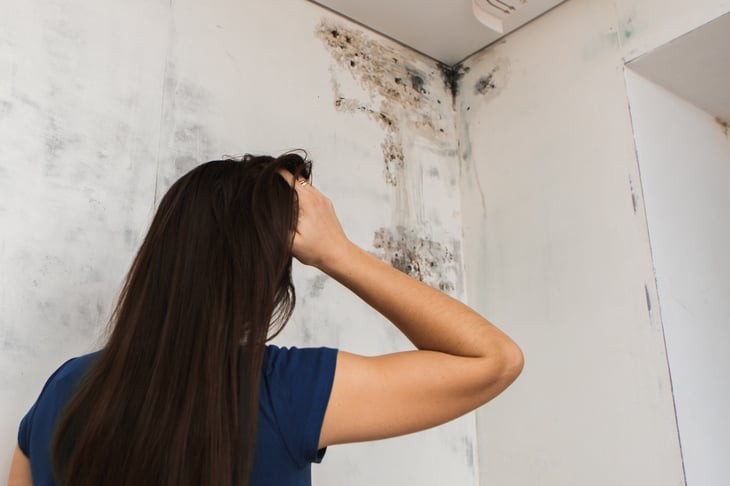
Since there are several potential causes of sick-building syndrome, SBS refers to a fairly broad range of symptoms rather than any specific ailment.
However, identifying SBS is relatively simple, particularly when several people suffer the same or similar symptoms in a particular space. More often than not, such symptoms will soon fade once the victims have left the area.
Sick building syndrome is commonly associated with office buildings and other workspaces, with a sharp increase in cases during the 1970s. At this time, building designers, in a bid to create more energy-efficient buildings, created almost airtight dwellings.
Unfortunately, when air cannot flow freely, it soon becomes stuffy and stale while increasing the chance of humidity and dampness — ideal breeding grounds for mold and other bacterial threats.
As a result of these building designs, inhabitants soon started to suffer from communal health issues that would typically only affect them while they were in the building or room in question.
Common Causes of Sick Building Syndrome
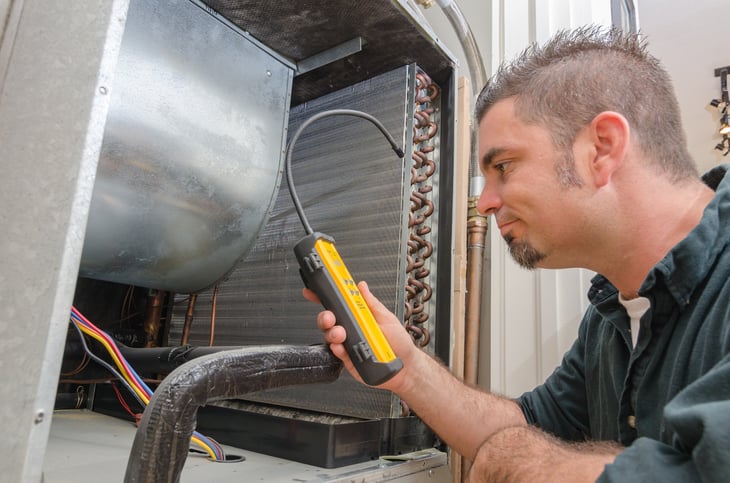
As we’ve seen, the most common cause of SBS is a lack of airflow and poor ventilation. This can be caused by poor design, particularly in older homes, but also through inadequate maintenance of HVAC systems.
The incorrect use of HVAC systems, as well as blocked filters, can prevent air from flowing correctly. However, there are several other major causes of SBS, as detailed in the following.
1. Chemical Contaminants
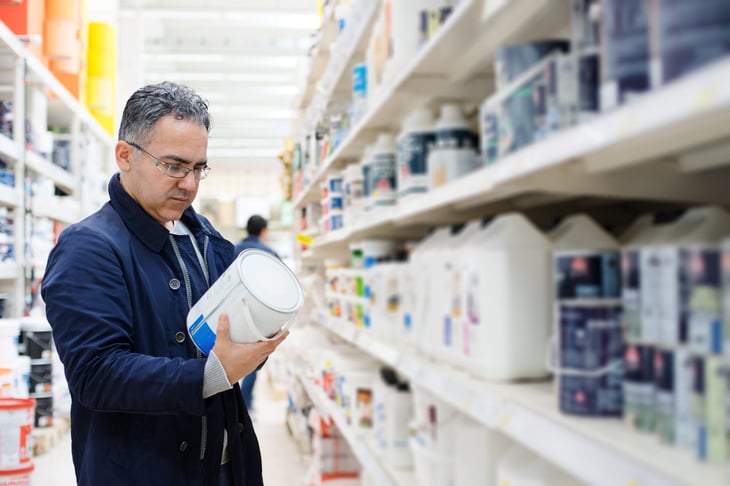
Chemical contaminants can come from a wide range of sources inside the building. Known as volatile organic compounds (VOCs), these chemical contaminants can be found in a wide range of materials and products, including:
- Upholstery
- Carpets
- Certain types of paint
- Cleaning products
- Adhesives
- Office equipment (including printers and copy machines)
VOCs are contained in such materials but can easily find their way out in the form of vapors or fine particles. Once airborne, they’re easy to breathe in, resulting in a wide range of symptoms, such as light-headedness, headaches, tickly coughs, sneezing fits, and much more.
Chemical contaminants can also come from outside, entering the building through ventilation ducts, windows, and doors. Typical contaminants include construction dust, vehicle exhaust fumes, toxic gases from factories, and even asbestos. Once in the air, they can be breathed in in the same way as VOCs.
2. Biological Contaminants
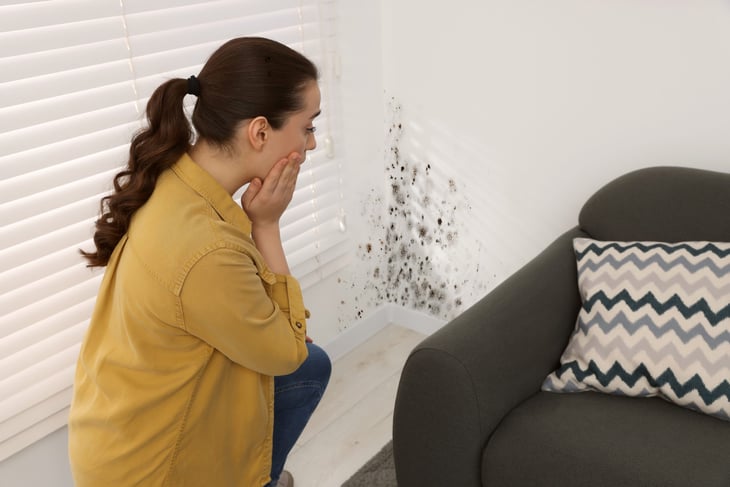
These natural contaminants are no less dangerous than their chemical counterparts and come in just as wide a variety, including:
- Mold
- Fungus
- Bacteria
- Pollen
- Viruses
Poorly designed buildings with damp issues almost always have mold problems, with black mold being particularly dangerous to health, causing respiratory problems and rashes while also impacting mental health.
Besides visible mold and fungus, you must be aware of what you can’t immediately see.
For example, a leaky HVAC system can lead to stagnant water pooling in ventilation shafts. Biological contaminants can then thrive in these conditions, with dangerous spores and pathogens being released into the air and distributed throughout the building.
Rodent, bird, and insect droppings are another source of biological contaminants. Like mold spores, these can be spread throughout your home via a dirty AC unit or HVAC system.
3. Inadequate Lighting

Natural light is critical to good health, and a lack of it can begin to have neurological effects on people. Seasonal Affective Disorder, or SAD, is partly caused by a lack of natural light during winter months.
Still, similar symptoms can occur after spending too long in a building that doesn’t have enough natural light.
Meanwhile, intense artificial lighting can also lead to health problems, such as headaches, itchy eyes, and dry skin.
4. Electromagnetic Radiation
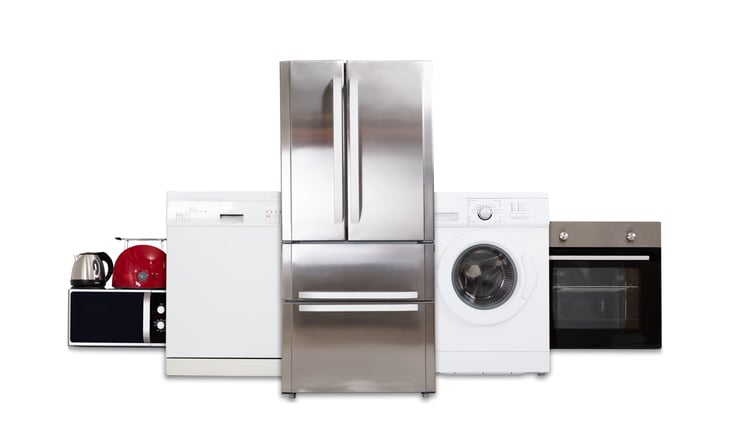
Emitted by common household appliances such as computers, TVs, and microwaves, most homes have some level of electromagnetic radiation in them.
While there’s little evidence to suggest that low-level exposure to electromagnetic radiation can cause serious ill effects, anecdotal evidence hints at the fact that prolonged exposure can lead to fatigue, confusion, sleep disruption, short-term memory loss, and brain fog-like symptoms.
Many people report such feelings after spending too long in big-box stores, for example.
5. Noise Pollution

Certain infrasound frequencies can play strange tricks on the mind and body, the most well-known of which is the 18.9HZ “ghost” or “fear” frequency. Sounds at this frequency can’t easily be heard by the human ear, but they resonate with the human body, particularly the eyeball.
This can cause things to appear out of the corner of your eye, resulting in heightened anxiety and feelings of fear and paranoia. In some cases, it can also lead to panic attacks, dizziness and hyperventilation.
It’s theorized that many haunted places are simply areas that produce tones at this frequency.
In one famous example, researcher Vic Tandy started feeling extremely anxious while working late in the lab and even saw what could have been a ghost out of the corner of his eye. However, after a bit of detective work, he discovered that a newly installed fan was emitting a frequency of 18.9HZ, resulting in his feelings of unease.
It’s believed that other frequencies can also affect people in different ways.
How Can SBS Make Me Ill?

As we’ve seen, SBS has many potential causes, with just as many symptoms. Some of the most common ailments, however, include:
- Headaches
- Confusion
- Nausea
- Fatigue
- Coughing and sneezing
- Itchy eyes
The worst cases can result in Legionnaires disease and Pontiac fever after legionella organisms or other pathogens are distributed throughout the air via air conditioning units or ventilation systems.
Humidifier fever is another issue, as infected water droplets are breathed in, resulting in infections and flu-like symptoms.
How to Prevent and Cure Sick Building Syndrome
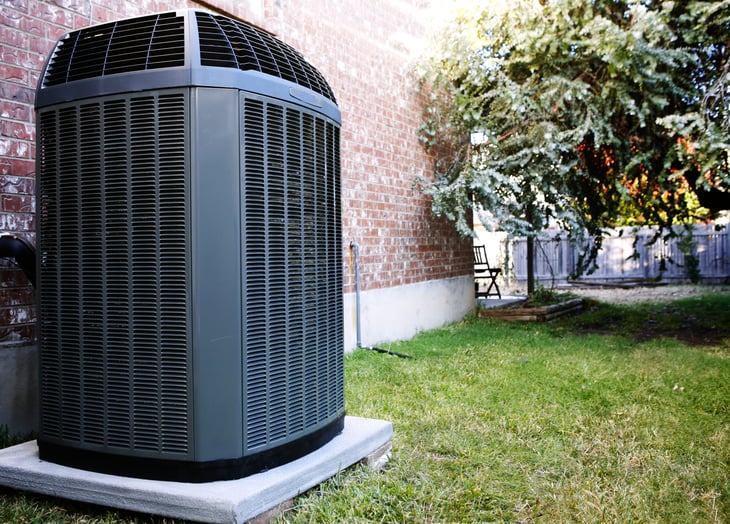
In most cases, SBS symptoms can be cured by taking care of damp issues and problems with ventilation. Regular HVAC maintenance is essential, as well as checking and cleaning filters and addressing any leaks as and when they appear.
When it comes to damp areas, it’s essential to fix the cause before tackling the resulting mold and bacteria growth.
Most biological contaminants require continual damp conditions to thrive, so fixing the leak prevents them from growing further. If the source of the leak is hard to find, consult a professional.
Once the cause of the dampness is resolved, most molds and bacteria can be killed with vinegar or boiling water, though you can also use specialist anti-fungal products.
In case of chemical contaminants, you may need to remove the offending materials, such as laminate flooring and certain types of upholstery, and replace them with less toxic alternatives.





Add a Comment
Our Policy: We welcome relevant and respectful comments in order to foster healthy and informative discussions. All other comments may be removed. Comments with links are automatically held for moderation.